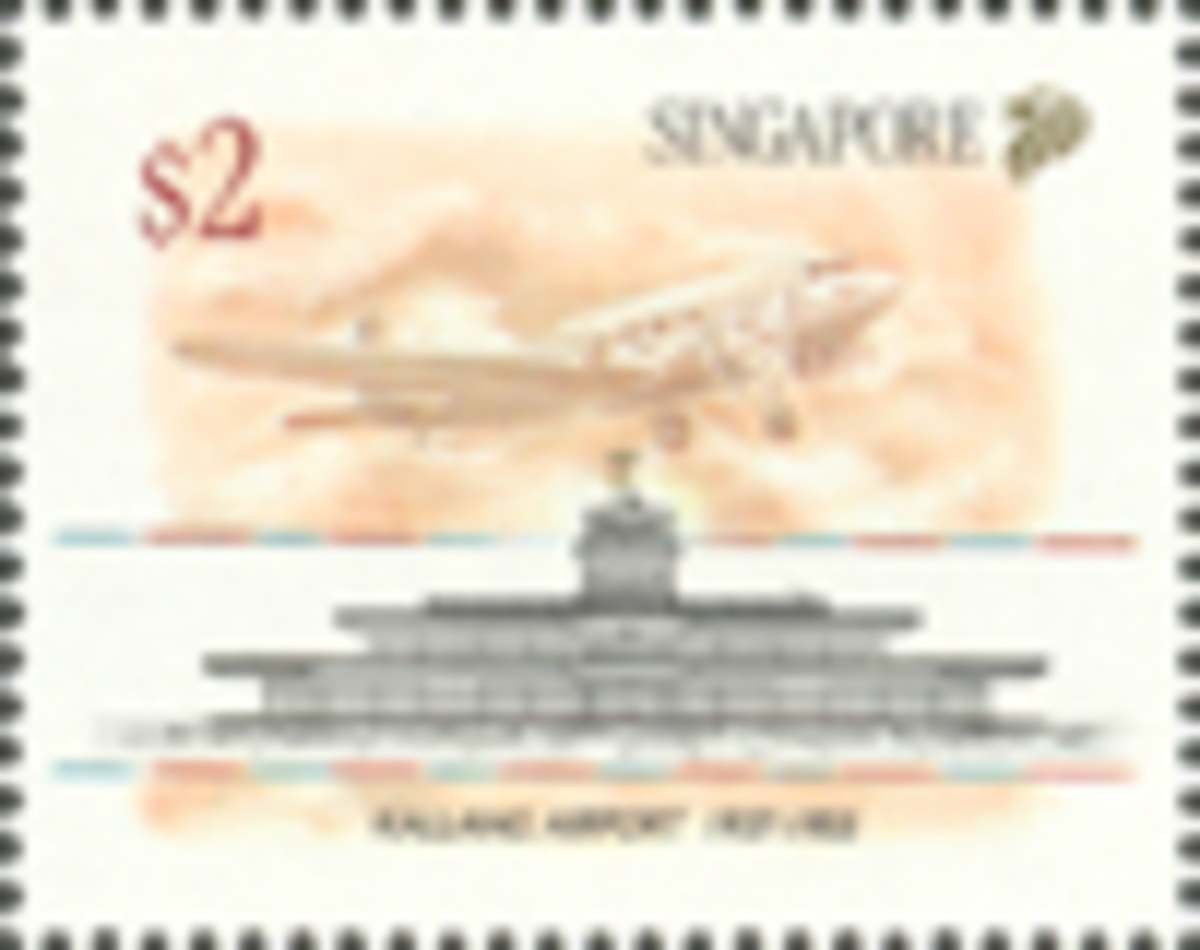This is a superior bronze figure of Vishnu dating to the Chola period. Such images were produced using the cire perdue or lost-wax process, in the district of Thanjavur, the capital of the Chola kings who ruled over parts of south India between 10th – 13th centuries CE. These bronzes strictly adhered to the prescriptive Shilpa Shastra. However, since the cire perdue process required the mould to be broken, each sculpture was one of its kind and unique. While smaller bronzes were produced for use during temple festivals; they were decorated, venerated and carried through the streets of the town for devotees to witness, larger bronzes were affixed at the temple complex for worship.Vishnu is seen here standing on a lotus base and square plinth, his upper hands carrying the shanka and chakra attributes, his principle hands in abhaya (fear-allaying) and katyavalambita (hand resting on his hip) mudra. The figure wears cylindrical, tapering headgear; and in keeping with images of the Later Chola period he is highly ornamental in dress and jewellery. Poles could be inserted through the holes provided at the base to facilitate the carrying of the idol during temple festivals and processions.















